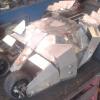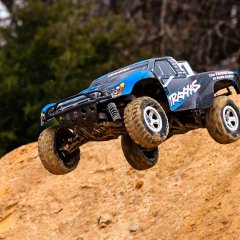My CNC Router And Parts Made With It
-
Recently Browsing 0 members
- No registered users viewing this page.
-
Latest Posts
-
- 3 replies
- 26 views
-
- 23 replies
- 383 views
-
- 178 replies
- 10,764 views
-
- 0 replies
- 6 views
-
- 0 replies
- 7 views
-



Recommended Posts
Join the conversation
You can post now and register later. If you have an account, sign in now to post with your account.